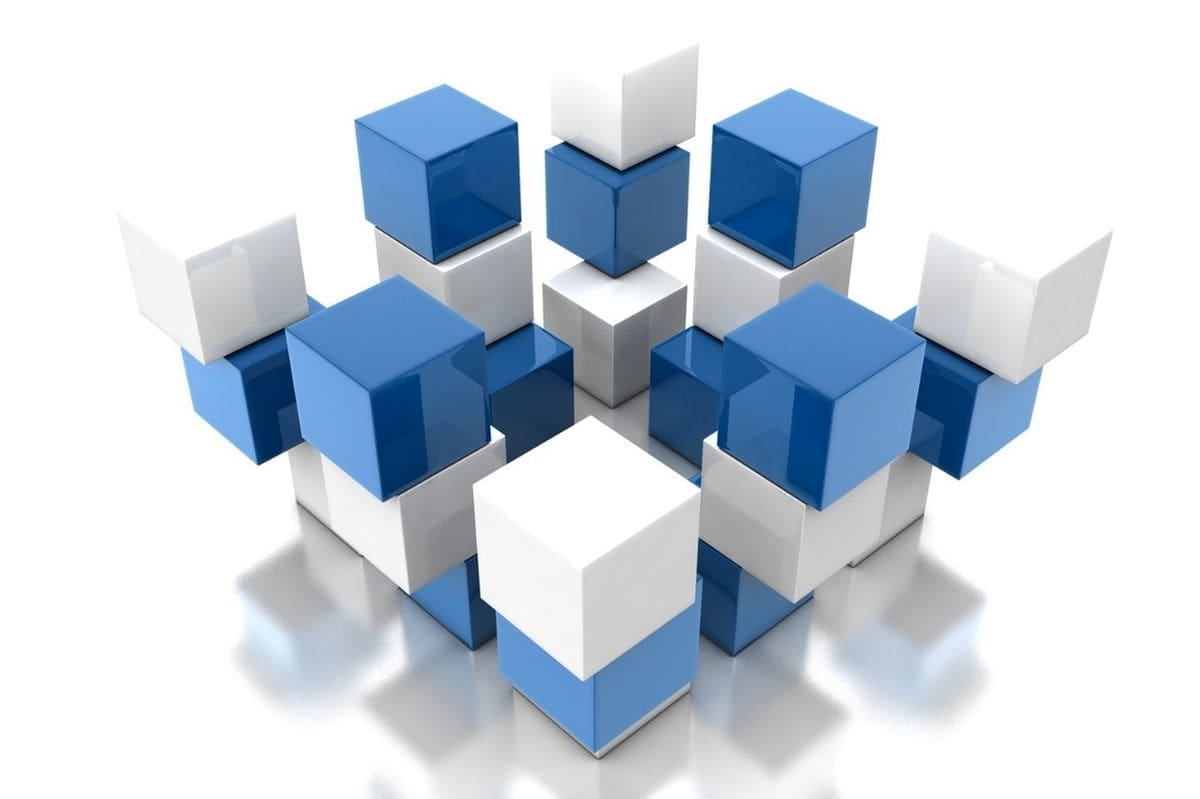No products in the cart.
A Guide To Understanding Animation Trends

The art of animation has been around for much longer than most people realize and due to recent technological developments, it has evolved significantly over the years. The first known form of animation dates back to drawings in 1500 AD, depicting a series of events in a flipbook at a very low frame rate. Then in the 1800s machines were created to make images move using paintings, prints, or photographs on transparent plates to project them.
In modern times most people are familiar with animation through cartoons and animated movies, although in recent years there has been substantial progress in this field, especially in the area of business applications. To find out more about how animation has changed over the years, take a read of our guide below.
Modern Animation
In modern times, animation has changed significantly and can now be seen everywhere on the Internet rather than just in cartoons. These developments, as pointed out by one top Singapore animation company, include a wide range of applications in business marketing that can be used to engage with customers on websites and social media. Modern animation makes use of motion graphics to animate various elements including typography, icons, and images.
Animation Techniques
Animation is a term used to refer to a range of techniques used to create movement in images and typically designers use the following methods to make it happen:
- Traditional animation. This involves creating each frame individually and then running them sequentially to create moving images, however, due to the amount of time this takes, many animators make use of more modern techniques.
- 2D vector animation. Advanced software such as Flash and After Effects that use vector-based tools have made traditional animation much faster and flexible.
- 3D animation. Also known as CGI, this method uses computers to generate images for animators to then input the desired movement.
- Stop motion. Here individual frames are created by moving and photographing real objects.
Business Applications For Animation
When used in marketing campaigns, they can have a positive effect on user experience as it can help to bring more attention to calls-to-action and increase conversions. Some commonly used types of animation in business today include:
- Animated transitions such as gradient fades, shrinking and swipes can make a website or app more interesting and immersive for users as people are often more attracted to visual changes than stagnant images
- Explainer videos provide an opportunity for businesses to explain details about a product or service in playful and amusing ways
- Animated loading pages. Unfortunately, the functions on some websites require loading times that create a risk on users leaving the site, however, animated loading pages can help keep users on-site and create an opportunity for a business to show off their creativity and brand identity.
- Adverts. Standard advertisements online can easily get ignored if they are not eye-catching enough, although this can be counteracted by using animated adverts with moving elements.
- Animated logos. Although it is not a good idea to change a logo often, creating an animated logo for use in certain settings can help to boost brand awareness
- Social media videos. Creating informative and fun animated videos that tell a story can help to increase brand awareness as they are more likely to stand out in potential customers’ social media feeds
Animation has been around for a long time and has developed greatly since its first simple applications, and nowadays animated images can be seen throughout the Internet in cartoons as well as on websites and social media.











Leave a Reply